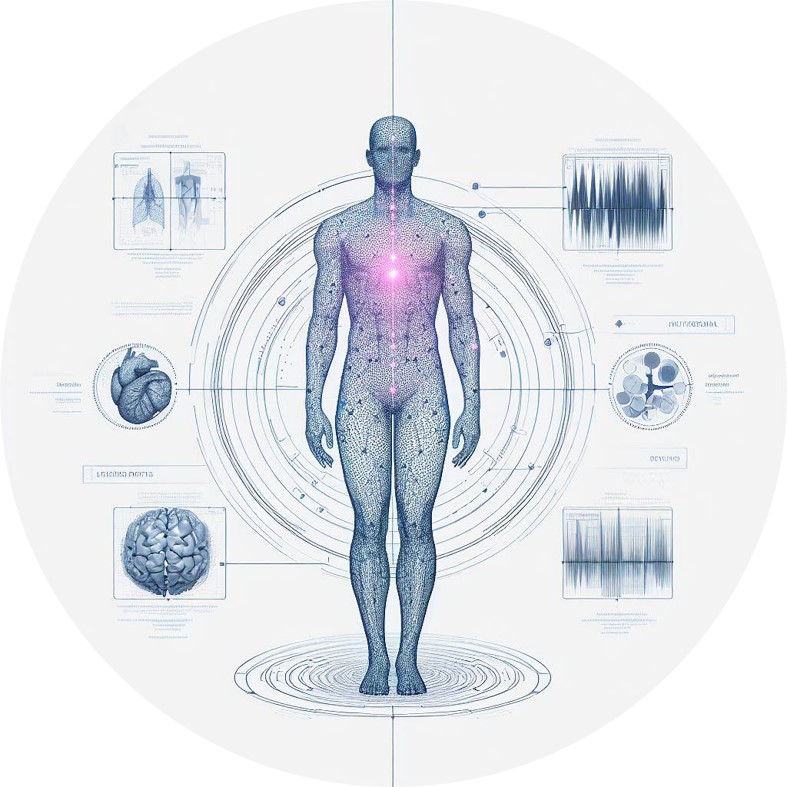
The LOOP BMIP Imaging Platform – BMI2
Image data has become the most extensive dataset in almost every hospital over the last 25 years and represents a valuable but still underutilized resource for medical research. Diagnostic images can be analyzed by advanced machine learning algorithms, enabling a more precise characterization of disease presentation features and the discovery of clinically relevant biomarkers.
BMI2 stands for Biomedical Informatics Imaging Platform and envisions the development of a unified and fully SPHN-compatible extension for the BMIP to handle biomedical image data. Additionally, artificial intelligence and machine learning are intended to be made available for biomedical and clinical research. Currently, image data is not yet integrated into the BMIP, which is why the BMI2 project brings a significant technical advancement in utility for biomedical research projects.
After the implementation phase, five reference projects in radiology, neuroradiology, pathology, radiation therapy, and advanced imaging will be established by the BMI2 working groups to drive technological progress and enable reference applications in leading clinical departments and institutions in Zurich.
This project is made possible by the Georg und Berta Schwyzer-Winiker Foundation
What role does the BMIP play in the project?
Currently, the BMIP does not process image objects or any other types of secondary image information or descriptors. The BMI2 platform aims to make these valuable data available to the BMIP by listing and structuring the available image data, extracting relevant information for the search and diagnosis of patients and patient populations. Therefore, the BMI2 will follow the architectural design of the BMIP and complement it by selectively processing, storing, and analyzing image data.
The goal is to centralize medical image research in Zurich and connect it with the BMIP.
What relevance does the project have for patients and research?
During their hospital stays, most patients undergo a series of imaging measures, the analysis of which is essential for diagnosis and treatment planning. This analysis can be significantly improved and advanced through the use of machine learning and artificial intelligence. BMI2 could provide a significant boost to the integration of machine learning into routine clinical processes. In a first step, BMI2 is intended to enable the BMIP to grant researchers access to advanced machine learning methods.




